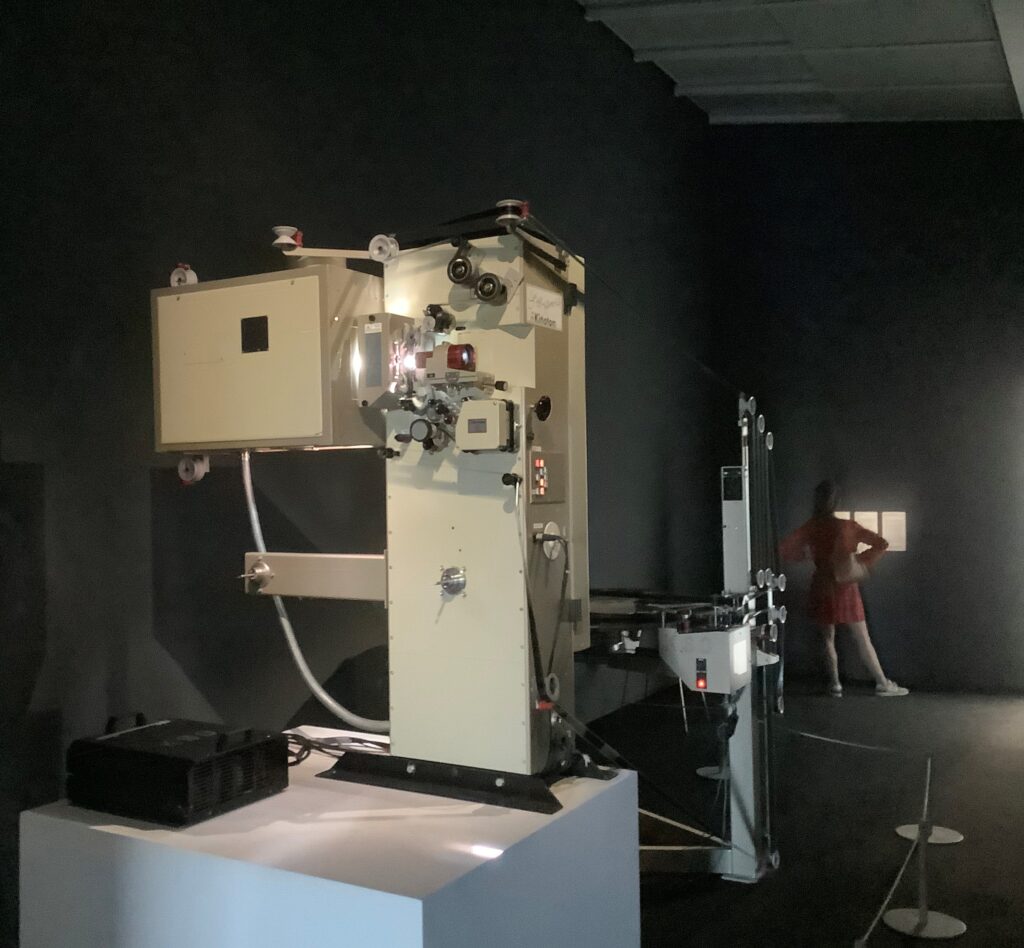Understanding the intricacies and operations of the film industry is essential. While we readily recognize actors and actresses in our favorite films, the behind-the-scenes processes often remain a mystery. Certain movies create a captivating illusion, making viewers feel like they are witnessing events in real-time. These films offer an immersive and visually stunning cinematic journey. Various technologies and techniques contribute to enhancing the movie-watching experience, such as IMAX, Dolby Atmos, 4D, and 3D. Among these, IMAX stands out, elevating cinematic experiences to unprecedented levels with its exceptionally sharp and immersive visuals, as seen in films like Oppenheimer and Interstellar.
What is an IMAX Experience?
The full form of IMAX is “Image MAXimum”

- IMAX cinemas consist of high-resolution cameras, film projectors, film formats, and specific theatres just to watch IMAX films.
- IMAX screens can reach 8 stories tall, which enhance the feeling of being in the moment.
- IMAX uses 70mm film (traditional 35mm) allowing for higher resolution and greater image clarity.
- Arri Alexa LF/Mini, Panavision Millennium, Sony CineAlta Venice are some of the IMAX certified cameras used in various blockbusters.
- Notable movies captured using IMAX-certified cameras include Thor: Love & Thunder, Doctor Strange and the Multiverse of Madness, Black Panther: Wakanda Forever, Interstellar, Oppenheimer, and more.
Interesting facts about IMAX:
- Its screen is 4500 times larger than an average TV screen.
- Oppenheimer is the first movie to have black and white scenes shot using an IMAX camera.
- The IMAX camera has a limited capacity, allowing for approximately three minutes of continuous recording. Once this duration is reached, filmmakers need to allocate several minutes to reload the reels before resuming the filming process.
- NASA has worked with the IMAX Corporation and Warner Bros to produce a new IMAX film (Hubble) featuring three-dimensional footage of spacewalking astronauts repairing the Hubble telescope
- The world’s largest IMAX screen currently stands in Leonberg, near Stuttgart, Germany, and measures 38 by 22 m (125 by 72 ft).
In conclusion, the cinematic universe is a vast and dynamic realm that transcends the boundaries of traditional storytelling. It intertwines characters, narratives, and worlds, providing audiences with an interconnected and immersive experience. From the grandiosity of IMAX to the advancements in film technology, the cinematic universe continues to evolve, offering new dimensions and possibilities. As we navigate through the cinematic landscape, it becomes clear that these universes extend beyond the screen, leaving a lasting impact on popular culture and shaping the way we perceive and engage with storytelling. The cinematic universe stands as a testament to the power of creativity, technology, and the collective imagination that unites audiences worldwide in the shared experience of storytelling through the lens of the silver screen.








